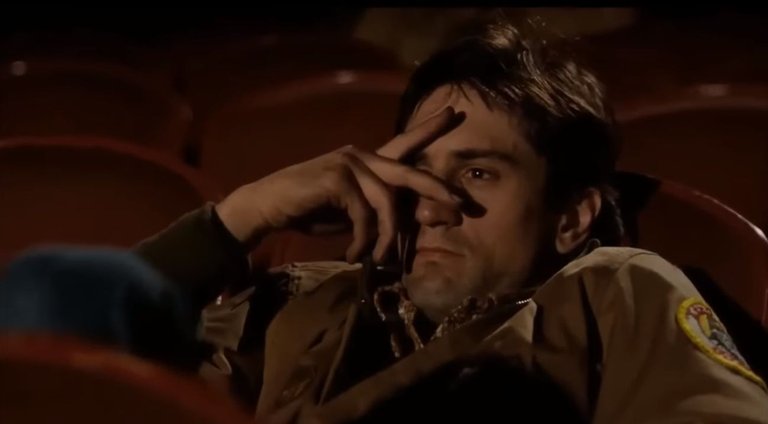POST-OPPENHEIMER THOUGHTS

What struck me the most about this particular Nolan film is its physical scale. Together is the anti-war statement projected on IMAX screens worldwide. Coming close to me is Apocalypse Now. Even though visually gory and almost celebratory of the act of war itself, one has to see how it is shown to know the auteur's actual intent.
Unlike in Malaysia, the first thing some of them see is alcohol, women's breasts, and transvestites. You are what you say about what you see on screen. As Andrei Tarkovsky said, “The image in cinema is based on the ability to present as an observation one's own perception of an object”.
Perhaps this writing is already a "wall of text" for the current TikTok generation of short attention span that needs instant spectacle as quickly as memes. The screens, smaller and more portable are a new part of the human body. From there, all the images are projected and digested for all to see. With cinema being reduced and accessible for smaller screens, (commercial breaks and the pause button) its significance and gravitas go down with the size, whilst a trip to the theater back then was quite a significant event.
This is where Oppenheimer excels. Filmed in IMAX 70mm, Nolan as an auteur respects the medium and its scale, along with the subject being spoken. The title itself is a name and is the film's main focus. It is not about the atomic bomb. It is about the monster human has become by misusing science.
Almost a third of Miyazaki's animated feature shows death coming from above and gigantic balls of fire, as a representation of the dropping of the atomic bombs in Hiroshima and Nagasaki (and Godzilla as the metaphor for that event). Thus I do no understand why the Japanese banned Oppenheimer from being screened in Japan.
Most of Miyazaki's protagonists are also ordinary people facing insurmountable odds, and scientists having their inventions abused by those in power. The dark silhouetted monster with eyes of different sizes is shown handling most of these flying machines which drop weapons of destruction on the population. These monsters are human that has lost their humanity by going the path of evil. Which represents the WWII bombing of Japan by the Allied Forces.
J.R.R Tolkien was inspired by the same thing through his time serving on the war campaign during WWI. The machinery of Mordor destroys nature to build the machines of destruction. What story, do the fully financed people sitting in the comfort of their air-conditioned room come up with? They are monsters of their own kind.
Recently I bumped into a writing from a veteran saying (I am paraphrasing) Write to express. Not to impress. I think that goes into cinema too. But like P. Ramlee and Mamat Khalid, they have found a way to do both, which is an art of its own. During a post-event chit-chat, I expressed my thoughts that Mamat Khalid comes closer to P. Ramlee than any other director in the history of Malaysian cinema. And most of them nodded in agreement. The gravitas towards cinema must be restored.
Too much focus on the spectacle, special effects, and meaningless camera movements that they have forgotten that they must serve a narrative and god-willing, subtext. And to read between the frames.